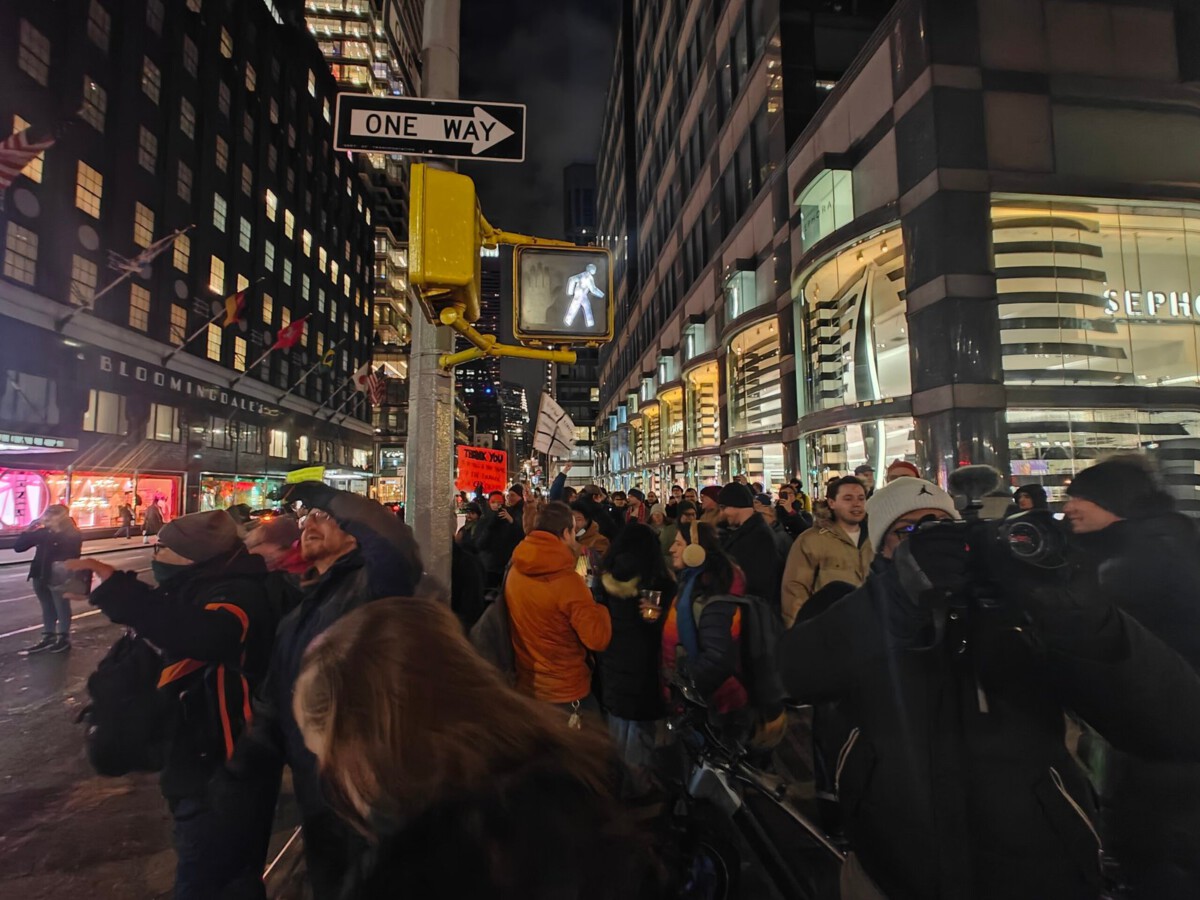1. Venice, Italy: The Cost of Romance

Venice remains one of Europe’s most enchanting cities, but in 2024, the romance comes at a price. According to the Venetian tourism board, the average daily spend for visitors shot up by 18% year-over-year, with gondola rides now averaging €100 for 30 minutes. Restaurants around Piazza San Marco have been caught adding “coperto” (cover charges) of up to €15 per person, even for those just ordering drinks. In April 2025, Venice implemented a €5 entrance fee for day-trippers, intensifying the pay-to-enter atmosphere. Many souvenir shops now display dual pricing, with tourists paying up to 30% more than locals for identical items. The city’s famed Carnival saw ticket prices surge by 25% compared to 2023. Complaints to consumer watchdog Altroconsumo have doubled since last year, mostly about hidden surcharges and deceptive pricing. Even the public toilets in central Venice cost €2 per visit, prompting international travel publications to warn tourists about “Venetian wallet syndrome.”
2. Bangkok, Thailand: Tourist Pricing in Plain Sight

Bangkok, a longstanding favorite for international travelers, is notorious for its “farang prices.” In 2024, the Thai Consumer Protection Board reported that tourists are routinely charged up to 50% more than locals for attractions like the Grand Palace and Wat Pho. Tuk-tuk rides, once a charming local experience, now often start at 250 baht for foreigners, while locals pay less than 100. Popular night markets such as Chatuchak have seen vendors hike prices for non-Thai speakers, a trend spotlighted in a March 2025 exposé by Bangkok Post. The Ministry of Tourism’s 2024 survey found that 41% of visitors felt they were overcharged during their stay. Dual pricing is even officially sanctioned at national parks, with foreigners paying as much as 400 baht compared to 40 for Thais. The practice is so widespread that local expat forums teem with warnings and price lists for tourists to consult before shopping or hailing a cab.
3. Paris, France: Premiums for the Parisian Dream

Paris has long been a top destination, but in 2025, data from France’s National Institute of Statistics and Economic Studies revealed that tourist spending in central Paris is up 22% from pre-pandemic levels. Cafés and brasseries near tourist hotspots like the Eiffel Tower now routinely charge €7 for a coffee and up to €10 for a bottle of water, according to a May 2025 report from Le Monde. The city’s museums have introduced “fast-track” ticketing at double the standard price, and street vendors near Montmartre are known for aggressive sales tactics and inflated prices on souvenirs. The French consumer group UFC-Que Choisir reported a 30% increase in tourist complaints about misleading menu pricing and automatic gratuities. Taxi fares from Charles de Gaulle Airport are now capped, but unlicensed drivers still prey on arrivals, charging up to €120 for trips that should cost less than €60. Even river cruises on the Seine have nearly doubled in price since 2022.
4. Cairo, Egypt: The Ancient Upsell

Tourists flock to Cairo for the pyramids, but a 2024 Ministry of Tourism report found that overcharging is rampant. Entry fees for the Giza complex have risen by 40% since 2021, while camel rides now average $30—triple the local price. Street vendors near the pyramids have been recorded charging up to $10 for a bottle of water, according to Egyptian consumer protection agency CAPMAS. In February 2025, numerous British and German tour groups reported “tip traps,” where guides and guards openly demand baksheesh (tips) for basic services. The “free” photo opportunities with camels or guards often end in demands for cash, with some tourists reporting intimidation. The U.S. Embassy in Cairo updated its travel advisories in March 2025 to warn of aggressive upselling and scams at major sites. Local ride-sharing apps show that fares for tourists can be up to 60% higher, as drivers routinely disable GPS to take longer routes.
5. Bali, Indonesia: Paradise with a Price Tag

Bali’s popularity soared in 2024, but so did prices for tourists. The Bali Tourism Board reported a 29% year-over-year increase in average tourist expenditure, largely due to “tourist tax” practices. Beach clubs in Seminyak and Canggu now charge upwards of 500,000 IDR ($32) for entry, which often doesn’t include food or drinks. In April 2025, the government introduced a mandatory “tourism levy” of 150,000 IDR ($9.50) per visitor. Scooter rental shops have been exposed by local newspapers for charging tourists double what locals pay, while restaurant bills are regularly padded with hidden service fees of up to 21%. The Ubud Monkey Forest, once a budget attraction, now has a two-tier pricing system, and local guides often pressure tourists into expensive “exclusive” tours. ATM withdrawal fees for foreign cards are among the highest in Indonesia, averaging 60,000 IDR per transaction.
6. Dubrovnik, Croatia: Game of Thrones, Game of Fees

Dubrovnik’s Old Town, made famous by Game of Thrones, has become a hotspot for “tourist pricing.” The city’s 2024 tourism data shows average daily costs for visitors have surpassed €140, a 28% rise from 2022. Tickets to walk the city walls cost €35, up from €27 last year, with no discounts for children or seniors. Restaurants inside the city walls now routinely add “service charges” of up to 18% to bills, and water bottles at souvenir stands sell for €5. In April 2025, local news outlet Dubrovacki Dnevnik reported that taxi fares from the port to the city center had doubled in 18 months, sometimes reaching €45 for a 10-minute ride. Street performers and costumed “GoT” actors aggressively solicit cash for photos, leaving many tourists feeling pressured. The city introduced a new “visitor management” fee in 2025, which is automatically added to hotel bills, catching many unaware.
7. Cancun, Mexico: All-Inclusive, All-Expensive

Cancun continues to attract millions of visitors, but at a growing cost. The Mexican Secretariat of Tourism’s April 2025 report found that the average spend per tourist per day hit $215, up 33% from 2021. Resort fees—often undisclosed at booking—can add $40–$60 per night to hotel bills. Local taxis, which do not use meters, have become infamous for charging tourists up to 300% more than locals for identical journeys, according to a January 2025 exposé by Reforma. At popular beach clubs, a basic cocktail can cost $18, and “tourist menus” at restaurants feature prices up to 40% higher than those offered to locals. Vendors on public beaches aggressively hawk souvenirs and services, with some employing high-pressure tactics and guilt-tripping. The new Quintana Roo “visitor tax,” introduced in March 2025, is mandatory for all foreigners and adds another $12 to every trip.
8. New York City, USA: The Price of the Big Apple

New York City’s cost for tourists has reached historic highs in 2025, according to NYC & Company. Broadway ticket prices average $167—up 20% from 2023—and guided tours of major attractions like the Statue of Liberty can cost up to $80 per person. Times Square street vendors have been reported by the New York Post in March 2025 to charge $5 for a bottle of water and $10 for a basic hotdog. Ride-sharing services like Uber now include a “congestion charge” of $2.75 per trip, while hotel “resort fees” often exceed $50 per night, not disclosed until checkout. The Metropolitan Museum of Art’s suggested donation for tourists is $30, while New Yorkers can pay what they wish. Reports from the Better Business Bureau highlight a surge in complaints about bait-and-switch pricing at ticket kiosks for shows and sightseeing buses. Even elevator rides to the top of the Empire State Building now cost $51 for adults, a 15% increase since 2022.
9. Marrakech, Morocco: The Art of the Upsell

Marrakech’s vibrant souks and grand palaces attract millions, but in 2024, local watchdogs documented a boom in tourist gouging. The Moroccan Ministry of Tourism’s latest figures show that average foreign visitor spending increased by 26% in a single year, driven by markups in the medina. Guides—sometimes unlicensed—frequently steer tourists toward shops that pay commissions, resulting in inflated prices for carpets, leather goods, and spices. Jemaa el-Fnaa square is notorious for “henna scams,” where artists demand up to $50 for small designs after starting without clear prices. The Consumer Protection Association of Morocco received a record number of complaints in 2024 about aggressive upselling and “tourist only” menus in restaurants. Taxis often refuse to use meters, charging flat rates up to four times the local price. Street performers and snake charmers routinely demand 100–200 dirhams for photos, surprising many first-time visitors.
10. Santorini, Greece: Whitewashed Prices

Santorini’s caldera views are legendary, but so are its tourist markups. In 2024, the Hellenic Statistical Authority revealed that food and drink prices in Oia are nearly double those in Athens, with cocktails averaging €18 and bottled water at €4. Hotel rates have surged by 35% compared to 2022, especially from May to September. Local ferries to the island went up by 22% in 2025, and the cable car connecting the port to Fira now costs €10 per person each way. According to Greek consumer group EKPOIZO, many restaurants automatically add a 15% service fee for tourists, which is not always disclosed upfront. ATV and scooter rentals have also been flagged for dual pricing, with tourists often paying 50% more than locals. Reports from the Santorini Tourism Organization noted a rise in complaints about inflated prices on tours to the volcano and hot springs, often double what locals are quoted.
11. Dubai, UAE: Luxury or Excess?

Dubai is synonymous with opulence, but in 2024, Dubai Tourism Authority reported that tourists are increasingly targeted with premium pricing. Entry to popular attractions like the Burj Khalifa “At the Top” experience costs up to 229 AED ($62), a 15% increase since 2023. Five-star hotels are now adding daily “tourism dirham” fees of up to 20 AED per night, and restaurant service charges of 15–20% are commonplace, often hidden in fine print. Taxis from Dubai International Airport to the city center have a surcharge for tourists, and private car services are aggressively marketed at arrivals for several times the local fare. Desert safari packages that once cost 150 AED now average 350 AED, as revealed in a March 2025 feature in Gulf News. Even public beaches introduced parking and access charges for non-residents in early 2025, sparking debate among locals and expats. The city’s new VAT increase to 7% in 2024 has added to the rising cost burden for visitors.
12. Prague, Czech Republic: The Bohemian Price Bump

Prague’s fairy-tale streets draw millions, but tourists now face a growing “tourist tax.” The Prague City Tourism office reported in 2024 that average daily tourist expenditures have risen by 20% in two years. Restaurants in Old Town Square charge up to 300 CZK ($13) for a beer, triple the price outside the center, as noted by Czech TV in January 2025. Many souvenir shops implement dual pricing, with English-speaking customers quoted up to 50% more. Charles Bridge street performers and costumed mascots are increasingly assertive in demanding tips, with some tourists reporting being followed if they refuse. The city’s “tourist tax” on hotel stays increased to 50 CZK per night in February 2025. Ride-hailing services like Bolt and Uber have been criticized for dynamic pricing that disproportionately affects tourists during peak times. Local watchdog dTest documented a 40% year-over-year increase in complaints about misleading pricing and hidden fees.
13. Rome, Italy: The Eternal Expense

Rome’s tourist economy has bounced back, but so have the costs. The Rome Tourism Board reported in March 2025 that entry fees to the Colosseum and Vatican Museums increased by 18% from the previous year, with skip-the-line tickets now exceeding €30. Restaurants near the Trevi Fountain and Spanish Steps often charge “tourist service” fees of €10–€15 per person, not always visible on menus. Taxi drivers have been caught charging flat rates of €60–€80 for rides from Termini station to central hotels, double the meter price. Gelato stands and coffee bars in tourist areas raised their prices by 24% in 2024, with cappuccinos reaching €6. Pickpocketing and street vendor scams remain a concern, as reported by the Italian consumer association CODACONS, with a 30% rise in tourist complaints. Even public transport tickets have seen a 15% price hike, disproportionately affecting short-stay visitors.
14. Barcelona, Spain: Sun, Sangria, and Surcharges

Barcelona’s popularity has brought a surge in “tourist-only” pricing. According to Barcelona Turisme’s 2024 report, the cost of dining in La Rambla’s outdoor cafés has soared by 28% since 2022, with paella for two now often exceeding €60. Monument entry fees, such as for Sagrada Família and Park Güell, increased by 18% in 2024, with “priority access” tickets costing up to double the standard rate. The city’s new “sustainable tourism tax” introduced in January 2025 adds €4.75 per night to hotel bills. Taxi drivers, especially at El Prat airport, have been exposed by El País for charging inflated rates to foreign arrivals, sometimes by refusing the meter. Street vendors along Barceloneta Beach aggressively upsell drinks and souvenirs, often at three times the local price. The local consumer group OCU reported a record number of complaints from tourists about deceptive restaurant pricing and unauthorized credit card charges.
15. Istanbul, Turkey: The Bazaar of Markups

Istanbul’s Grand Bazaar and historic sites are magnets for travelers, but the Turkish Ministry of Commerce’s 2024 survey found that 54% of tourists felt they were overcharged. Guides and taxi drivers frequently negotiate “fixed prices” that are much higher than local rates, especially from the airport to Sultanahmet. Restaurants in Sultanahmet and Taksim have introduced “tourist menus” with prices up to 40% higher than Turkish-language menus, as revealed by a February 2025 investigation by Hurriyet Daily News. Entry fees to historic sites like Hagia Sophia and Topkapi Palace increased by 20% in 2024, and fast-track options now cost double. Carpet shops are notorious for high-pressure sales tactics, with commissions for guides driving up prices by 30–40%. The city’s new tourism tax, introduced in March 2025, adds 2% to all hotel bills. The Turkish Consumers Association received a 25% spike in complaints from foreign visitors about dual pricing and hidden charges in 2024.






